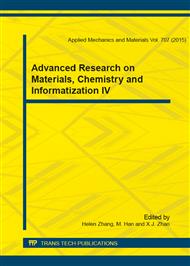p.386
p.390
p.397
p.401
p.406
p.412
p.417
p.425
p.429
Computational Fluid Dynamics and Numerical Acoustic Response for Ship Accommodation Areas due to Propeller Excitation, towards a Human Factors Recommendations
Abstract:
In order to achieve the acoustic comfort design for ship accommodation areas, This paper introduces the noise prediction of ship’s superstructure cabins based on boundary element method (BEM). The study investigates the ship acoustic responses due to fluctuating forces induced as a result of interaction between a 4-bladed propeller and Bulk Carrier ship 35,000DWT at full scale. The mathematical models for the ship and the propeller have been built and validated using computational fluid dynamics (CFD), then unsteady simulation done to obtain the transient responses of the propeller excitations. Finally, the acoustic responses of ship super structure under propeller excitations are predicted using BEM in time domain. This work shows a numerical method enable to measure the structural and acoustic responses of the ship at propeller rotating speeds. In addition, at the structural resonating modes of the propeller and the ship. As the propulsion system is the main source of the ship exciting forces thereby nowadays prediction of the ship low frequency noise due to propulsion system becomes important to naval designer for designing a comfort accommodation areas for the crew onboard the ship.
Info:
Periodical:
Pages:
406-411
Citation:
Online since:
December 2014
Authors:
Keywords:
Price:
Сopyright:
© 2015 Trans Tech Publications Ltd. All Rights Reserved
Share:
Citation:


